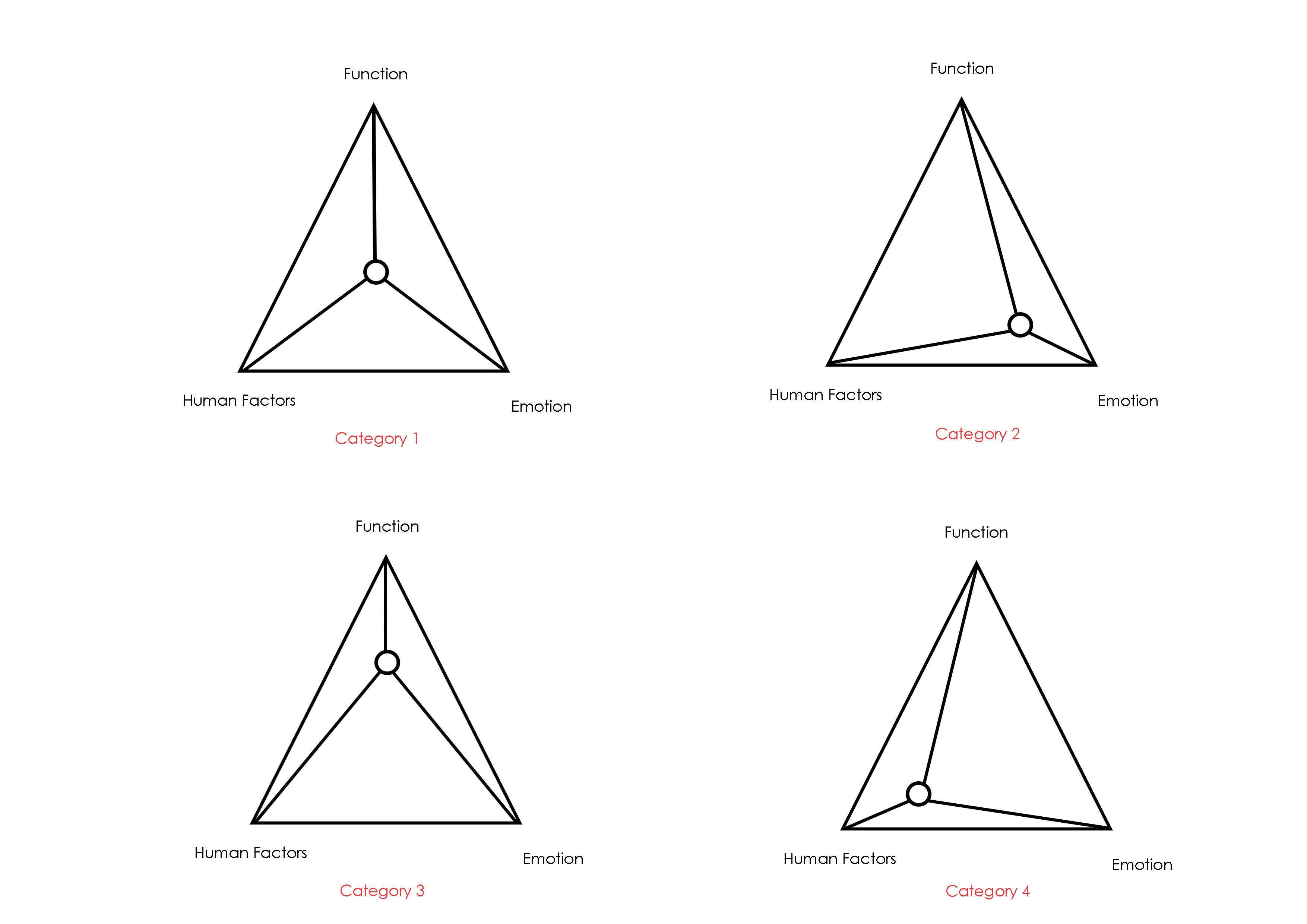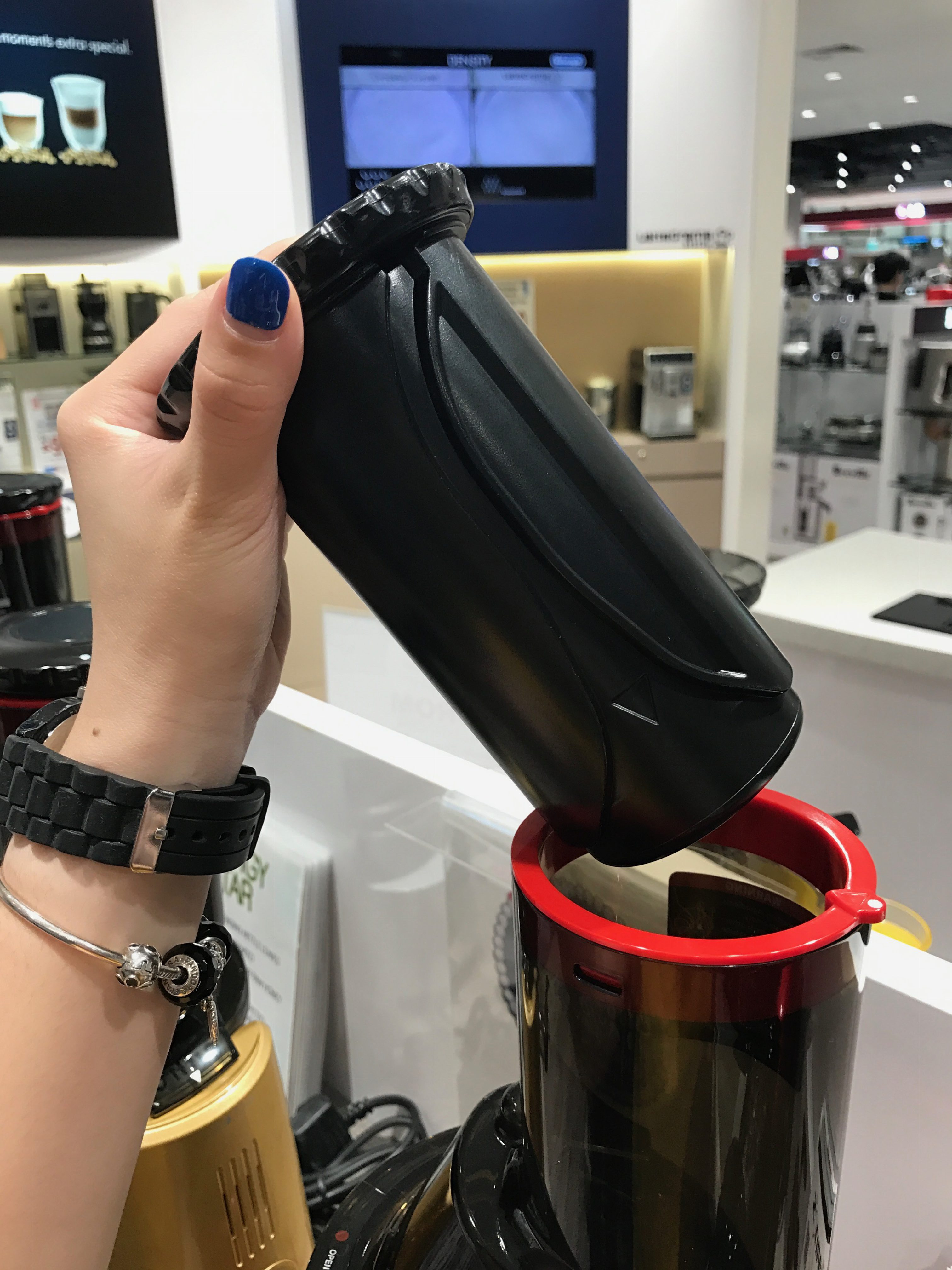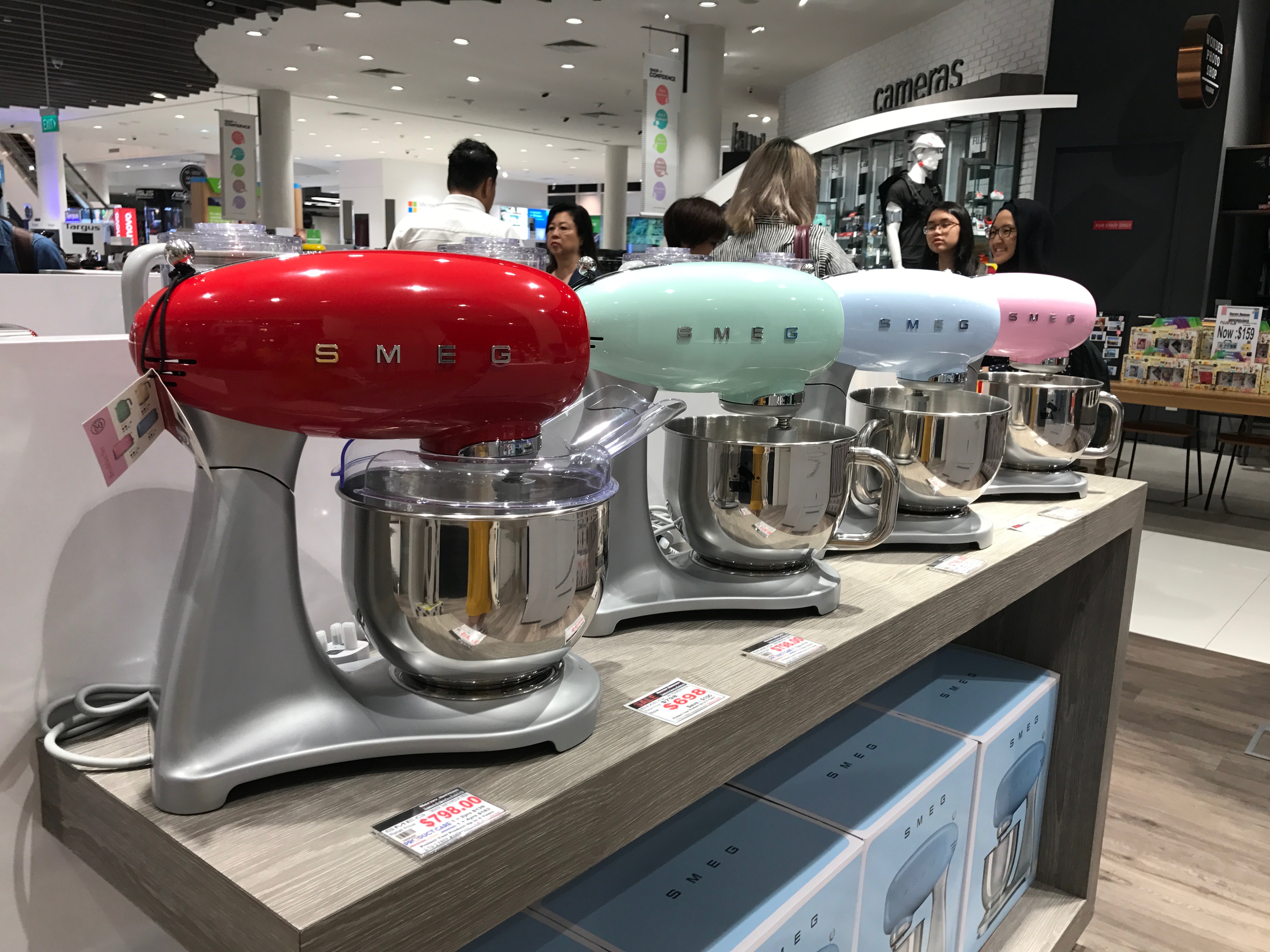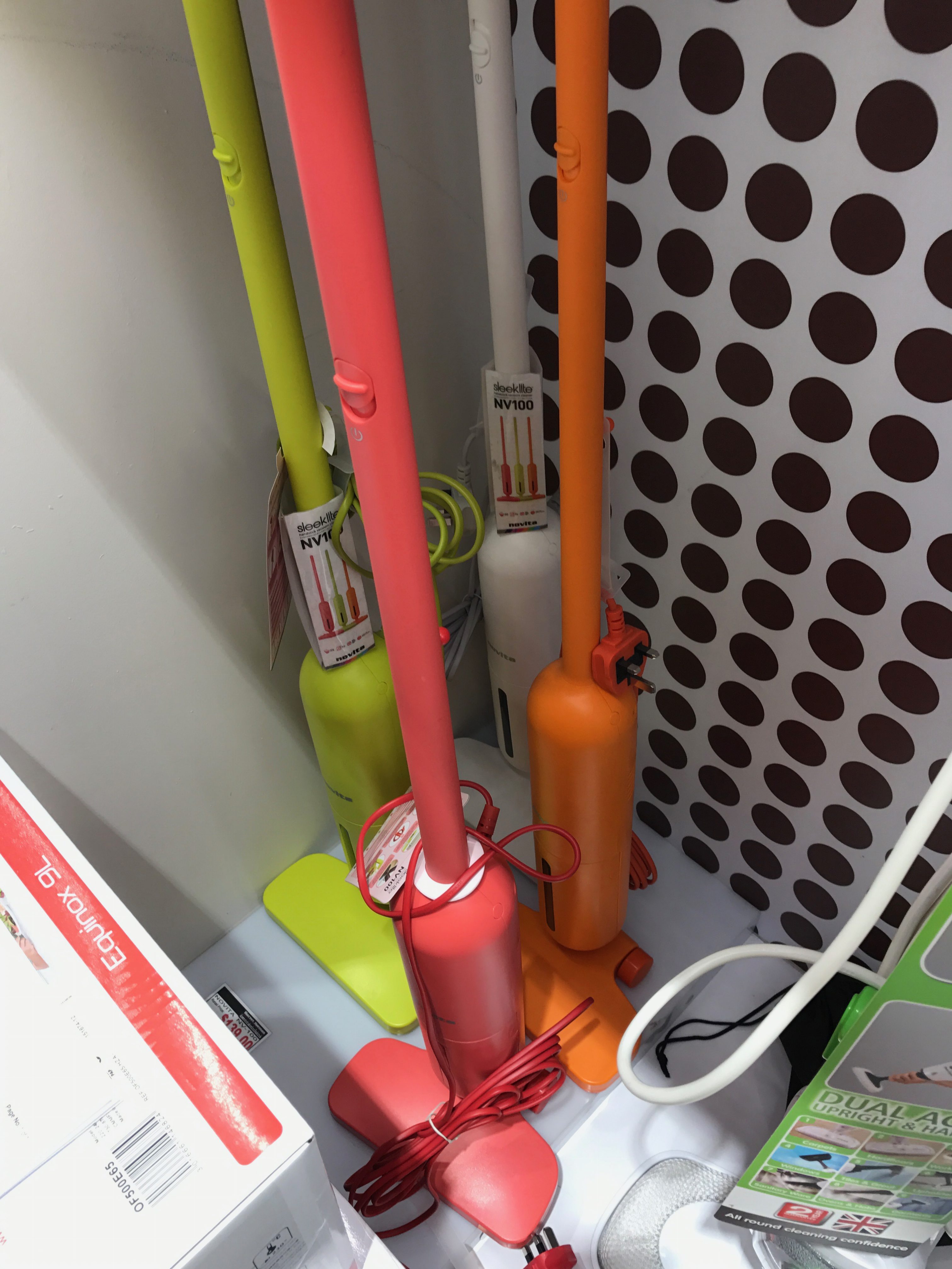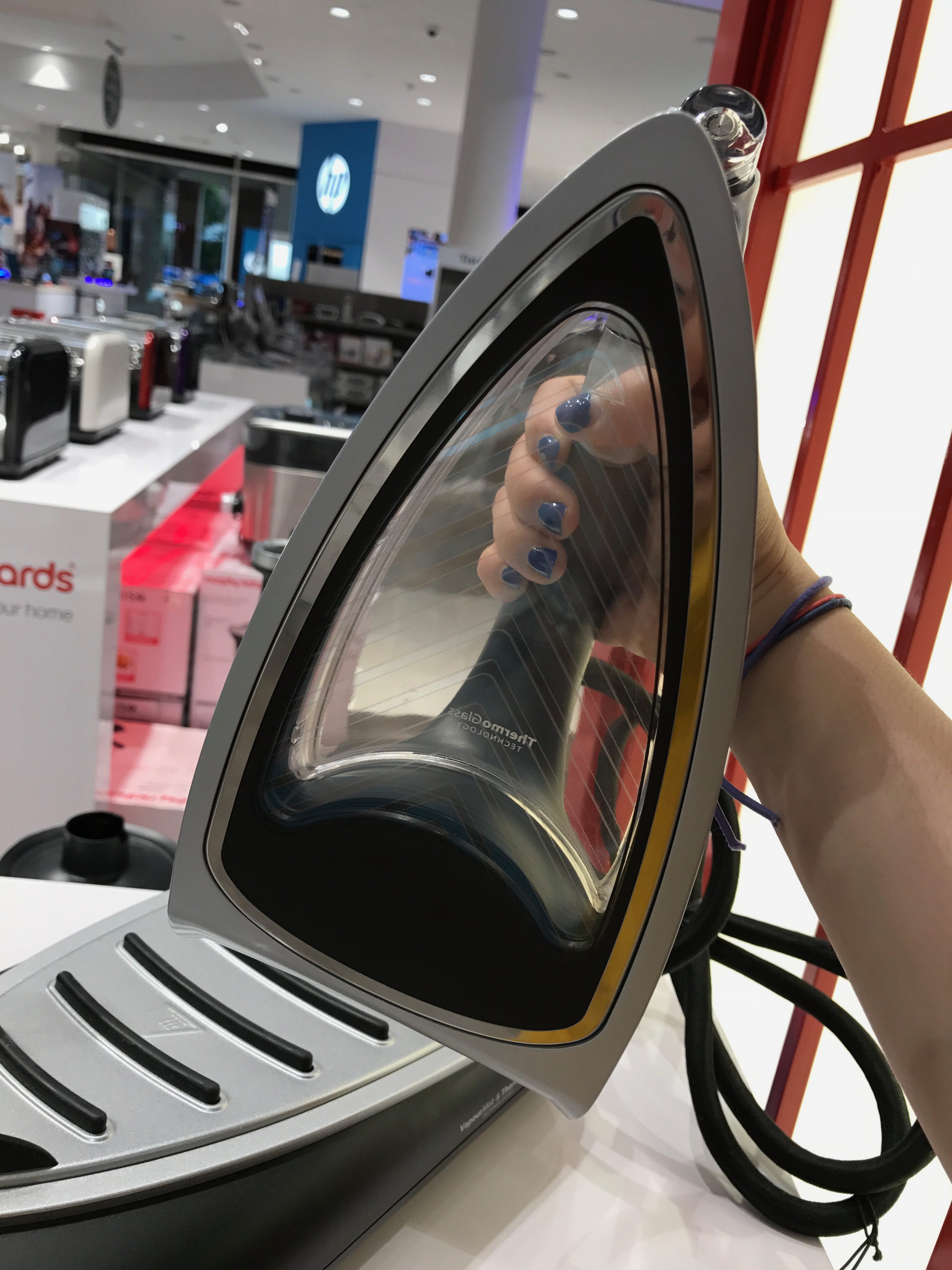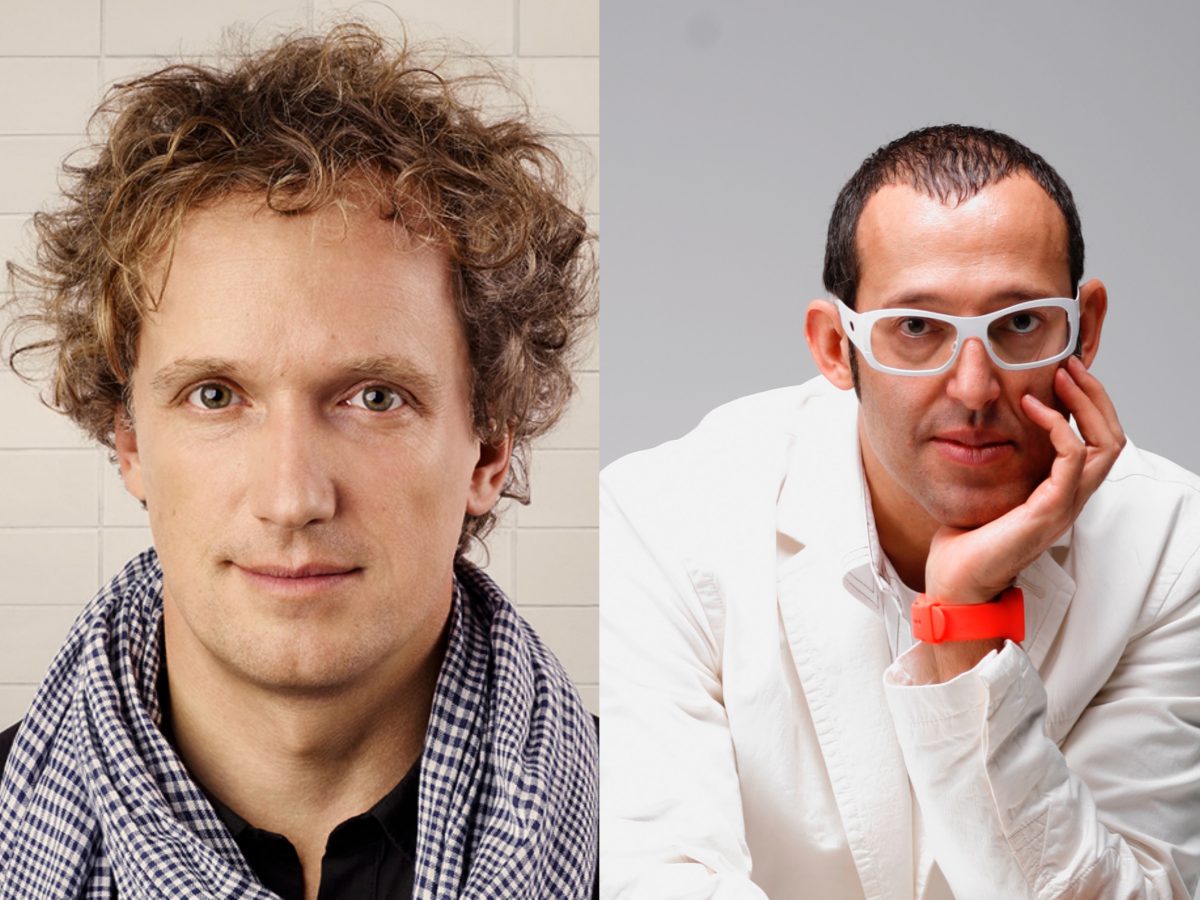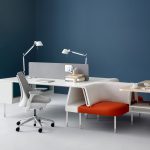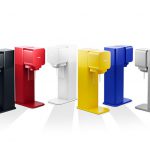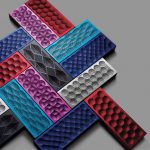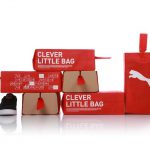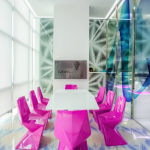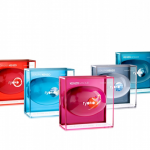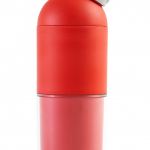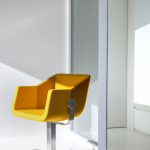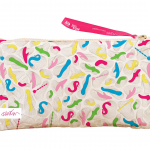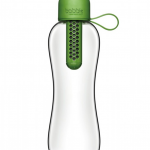Category 1
To me, this shelf fits the closest into the centre as it is functional – it fills the spaces and it is big enough to hold things, aesthetically pleasing – it emphasises the corners of a place that usually goes by unnoticed and it also factors in human factors – you can change the height of this shelf as you please, perhaps according to an individual’s height.
Catergory 2
This shelf fits into category 2 as it plays a huge role in factoring in emotions, not designed for functionality – this shelf brings across emotions such as anger through its harsh lines and instability through the angles of the wood. However, in terms of functionality and human factor, it is not that permissible as it cannot hold much items and could only be placed on the floor.
Category 3
Category 3 is probably the easiest to recognise, it does not have anything aesthetically pleasing on based on any human factors. It is designed just to be used with full functionality – for storage purposes only.
Category 4
Lastly, in category 4, we have this set of shelves that includes heavily on human factors – it is based on what we need in order to save space. It is also lean towards the functional side as it serves two purposes – set of stairs and shelves. But it doesn’t really bring many emotions as it is just shelf like.
